CCM: Singapore and Mexico Business - Cultural Management Issues
VerifiedAdded on 2023/04/11
|17
|1187
|251
Presentation
AI Summary
This presentation provides a comparative analysis of cross-cultural management between Singapore and Mexico, highlighting key cultural differences, value systems, and communication styles. It examines the impact of Confucian and Catholic religious influences on business practices in each country, respectively. The presentation includes two business scenarios involving Singaporean and Mexican companies, offering recommendations for navigating potential cultural clashes. It further analyzes leadership styles and Hofstede's cultural dimensions for both countries, emphasizing the role of culture in international business and its effects on HR strategies. The presentation concludes by stressing the importance of understanding cultural differences for effective management and HR practices. Desklib provides this presentation and many other solved assignments for students.
1 out of 17

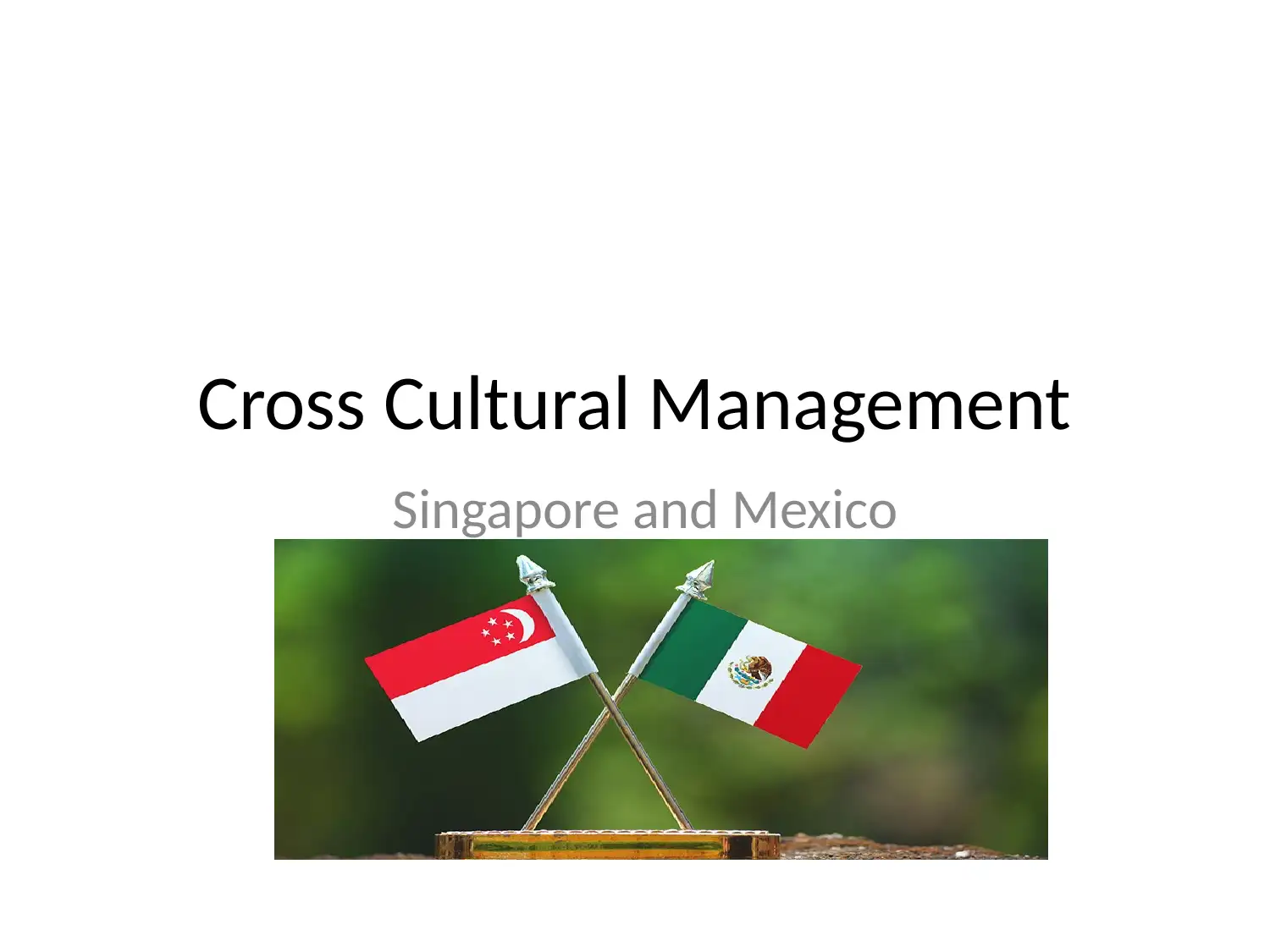
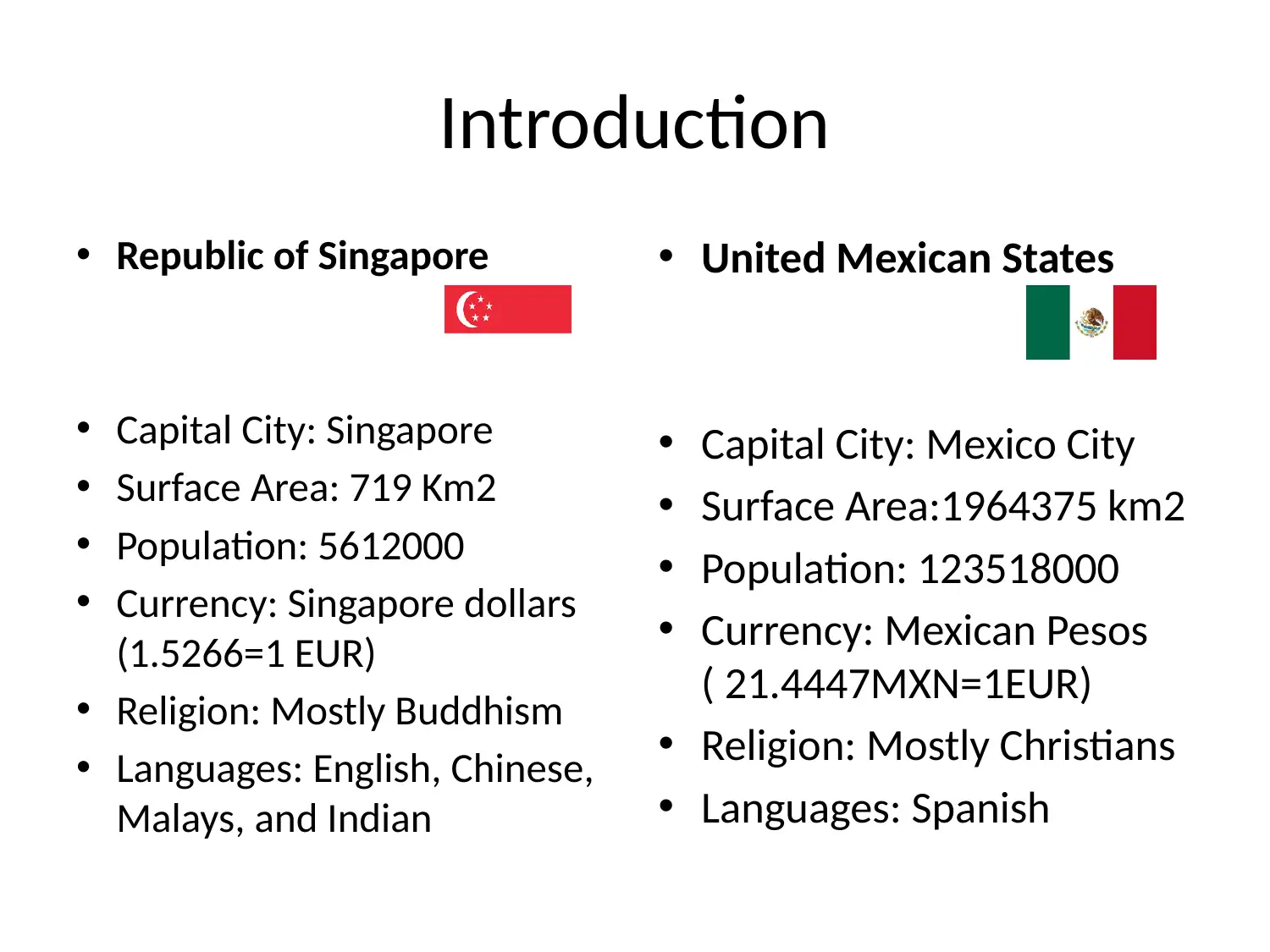


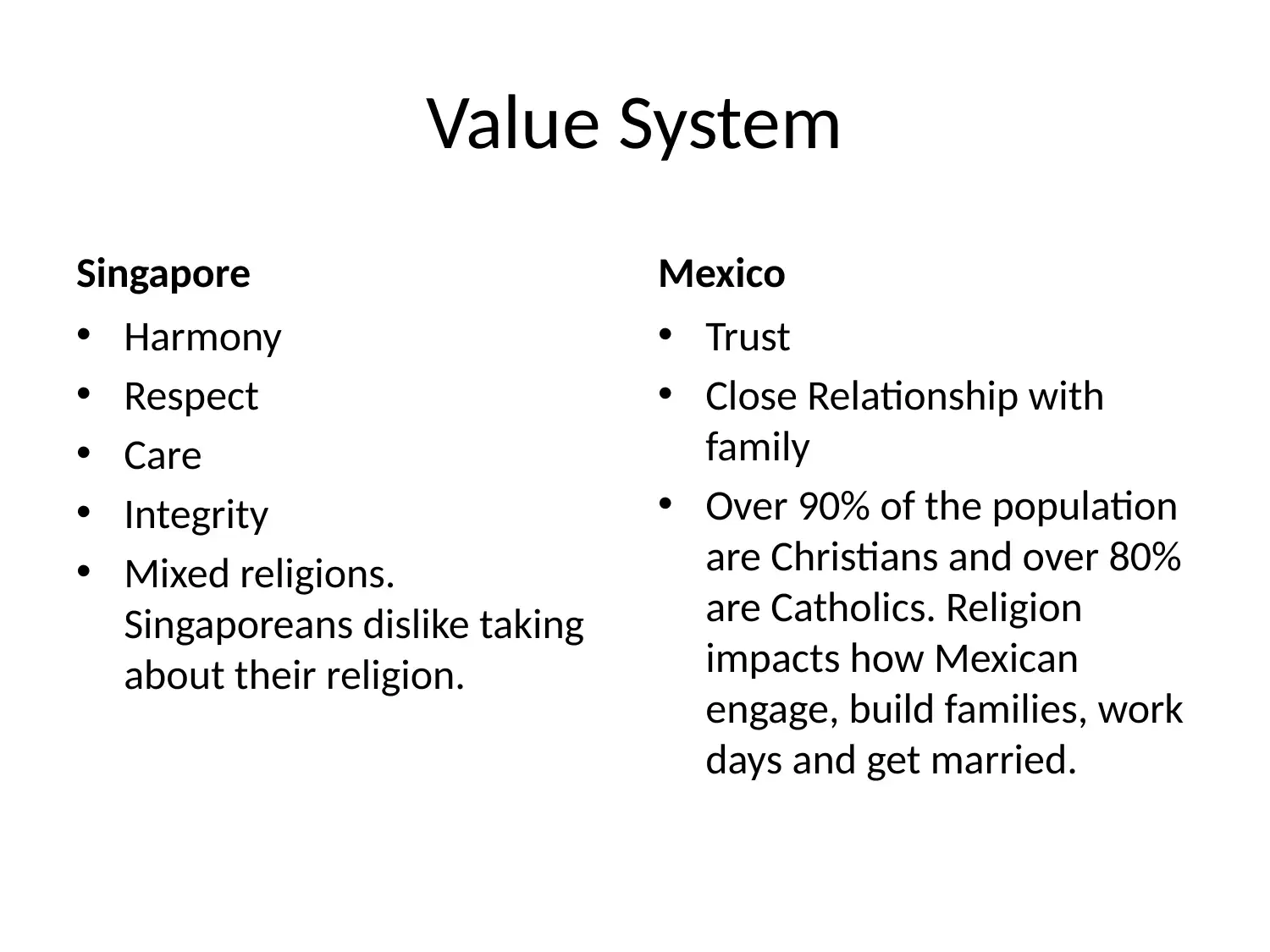
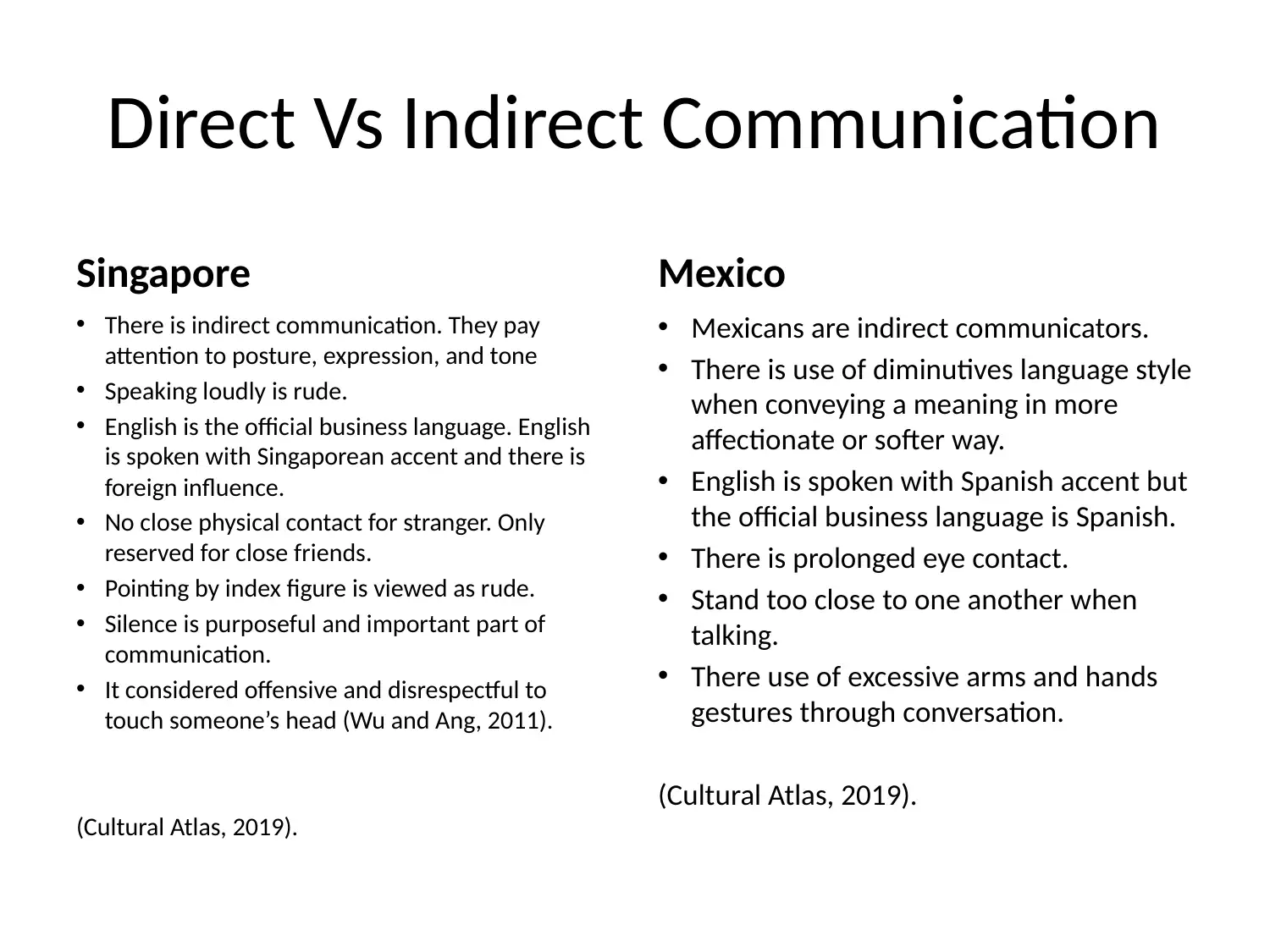
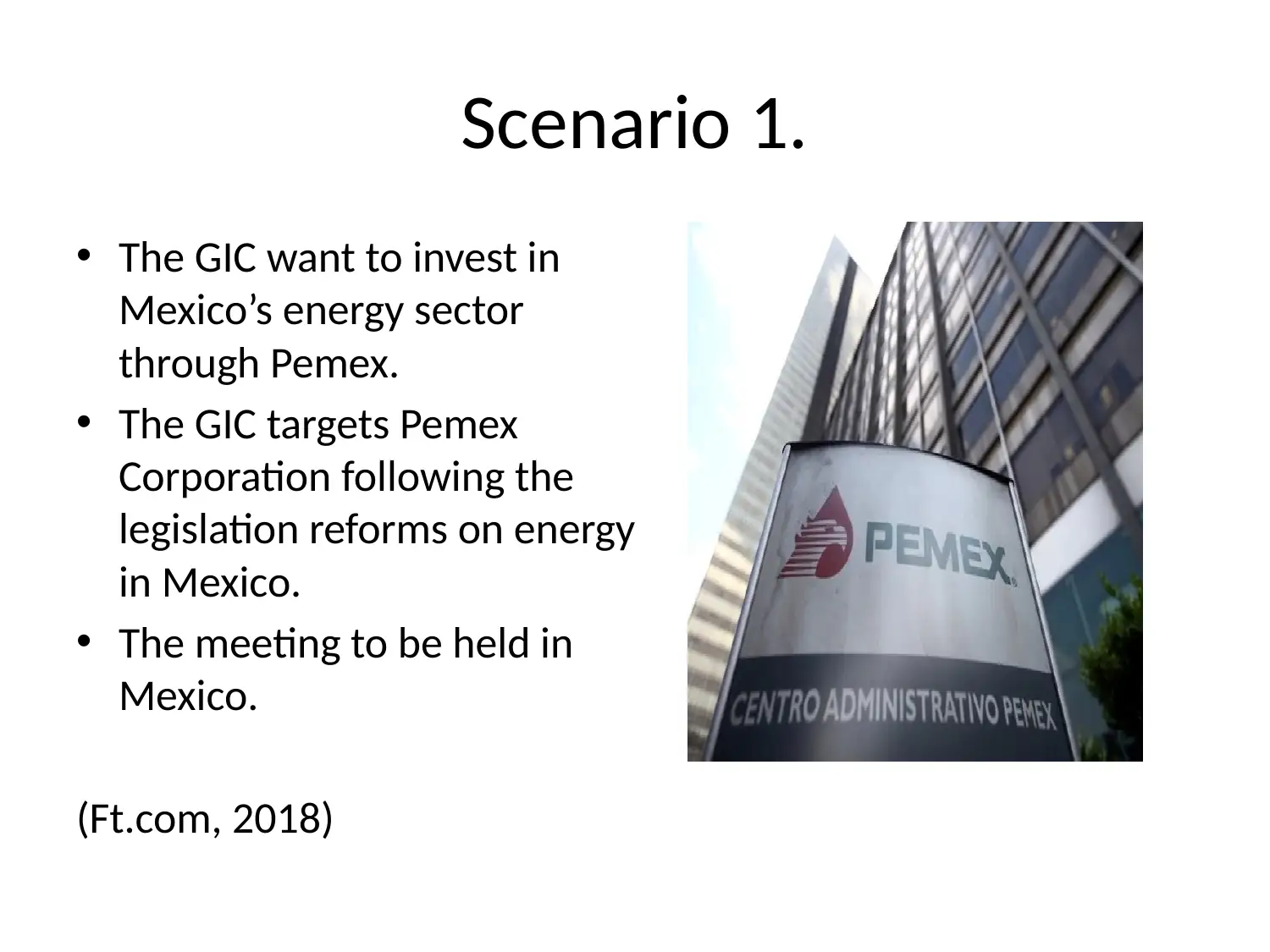



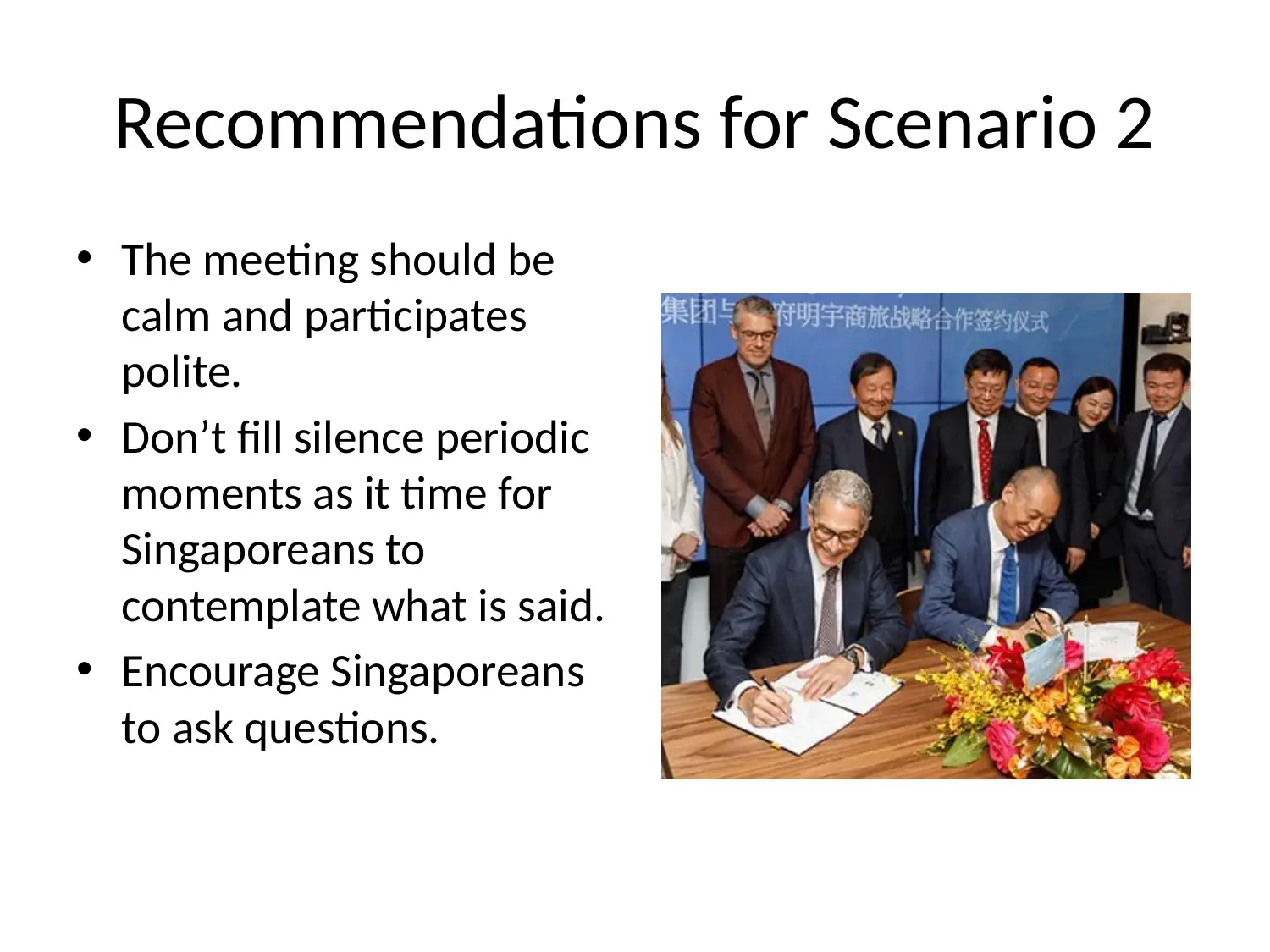
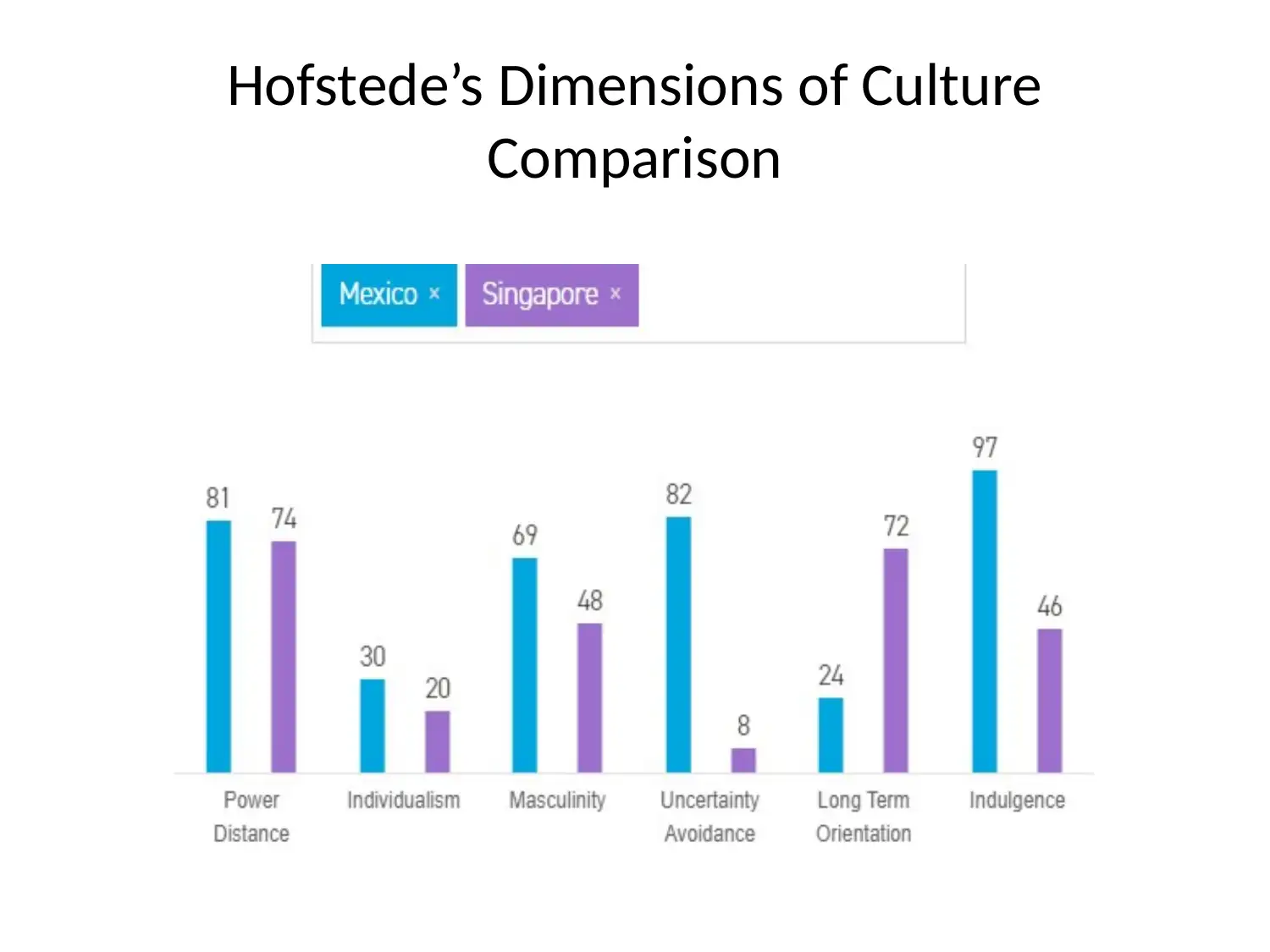
![[object Object]](/_next/static/media/star-bottom.7253800d.svg)